|
We've lived here for several years now, and have explored the local area pretty thoroughly, there aren't many places with in driving distance where we've not poked around. Of course, round here poking around isn't confined to above ground level. Wales is full of mines of many types. The area around Dolgeallu is famous for it's gold mines, but they also mined slate in this area. We're a bit further south than the big slate mines of Blaenau Ffestiniog, or Dinorwic, but there was still a lot of activity in this area. In fact I can see one of the mines from the end of our garden... We've poked our heads in to a lot of the holes, but it's one of those things where it's worth being cautious, so we've never gone all that deep, or ventured too far. When we lived in the Peak District Dad used to work in outdoor centres, so trips in to the natural caverns was something we did on an occasional basis, but nothing beats getting a tour from an expert. So as a birthday/wedding anniversary treat we had a 4 hour trip in to Braichgoch mine with Corris Mine Explorers. Over in Corris was one of the biggest mines in this area, and when I say mine, I mean a proper mine. Slate was quarried from under ground, via a network of tunnels. Braichgoch was worked from 1787 to 1970, and you can still see evidence of the workings throughout that period of history. In total there are 8 levels, the bottom 2 are below the valley floor, so when the mine closed they flooded as the pumps stopped working. Each level has it's own access point in to the hillside, providing a way in for the miners, and a way out for the slate. We only had time to explore Level 5 on this trip, but the scale of the workings is vast, there are miles of tunnels. Buried inside this hillside is a section of high quality slate. It was worth mining to reach it because it was very dense, and not filled with impurities. This made it really suitable for building, and also for floor slabs (the floor in our cottage probably comes from this vein). The tunnel goes in to the hillside, until it hits the vein of slate, and then splits follow the vein along its length. To the left is the vein of high quality slate, to the right the rock that makes up most of the hillside. At periodic intervals the miners dug in to the vein, and then excavated vast caverns. It was hard to get a sense of scale in these parts because we only had very dim miners lamps, it would have been lovely to have a really bright light to switch on occasionally in these vast spaces, as it was so hard to get a sense of just how big a space you were in. For much of the mines history nearly all the work was done by hand. The tunnels were dug with the aid of gun powder, but the blasting holes to put it in were drilled by hand. Later on they switched to gelignite, which was more powerful (though far more dangerous), but the holes were still drilled by hand. Compressed air to power tools wasn't bought in to the mine until well in to the 20th century. We were mostly interested in the history of the mine, rather than be adventurous climbing around, so got taken to see all the bits that had been left in the mine. Old pieces of machinery, and remnants of the miners lives whilst they were working. This winch would have been used to get the 2 ton blocks of slate on to the trucks that were used to get them to the surface. When compressed air was bought in to the mine it became outdated, but was never removed because it had no re-sale value. Amazingly it still works. The workers would have used candles for light, foremen and mine captains would have had lanterns, but in many places they just used bare candles, in places stubs of them remain, or you can see the wax drips on the wall. All sorts was left in the mine. From old lucozade bottles that would have been used to carry water or cold tea for the miners to drink, to old cigarette packets. Slightly more scarily are pieces of unused gelignite, the explosive used for blasting the tunnels... and very much not to be touched! Even miles below ground nature has a way of making use of the space. Throughout the mine were old tools that were covered in fungi, the spores bought in on human feet and clothing. They find a home in some rotting biological material, and set up home. There was a complete ladder covered in fungus, but unfortunately none of the photos I took came out. Photography in pitch blackness is not the easiest, because the longer exposure means that if you move your head slightly you get streaks of torch light across the image. The minerals in the surrounding rocks get dissolved in the water that flows through the ground, and then they get concentrated where they flow more slowly. This amazing water fall had deposited Iron Oxide (aka Rust) over the slab of slate it flowed over. It was a really interesting trip in to the past, not at all claustrophobic, and well worth doing if you're in the area.
K Parkin
25/11/2016 08:41:41 pm
Fascinating. Would you use any of your pictures as a starting point for a colour way? All the shades in that 'rust' were interesting. Maybe not very wearable though. Comments are closed.
|
Archives
January 2024
Categories
All
|
Hilltop CloudHilltop Cloud- Spin Different
Beautiful fibre you'll love to work with. Established 2011 VAT Reg- 209 4066 19 Dugoed Bach, Mallwyd, Machynlleth,
Powys, SY20 9HR |

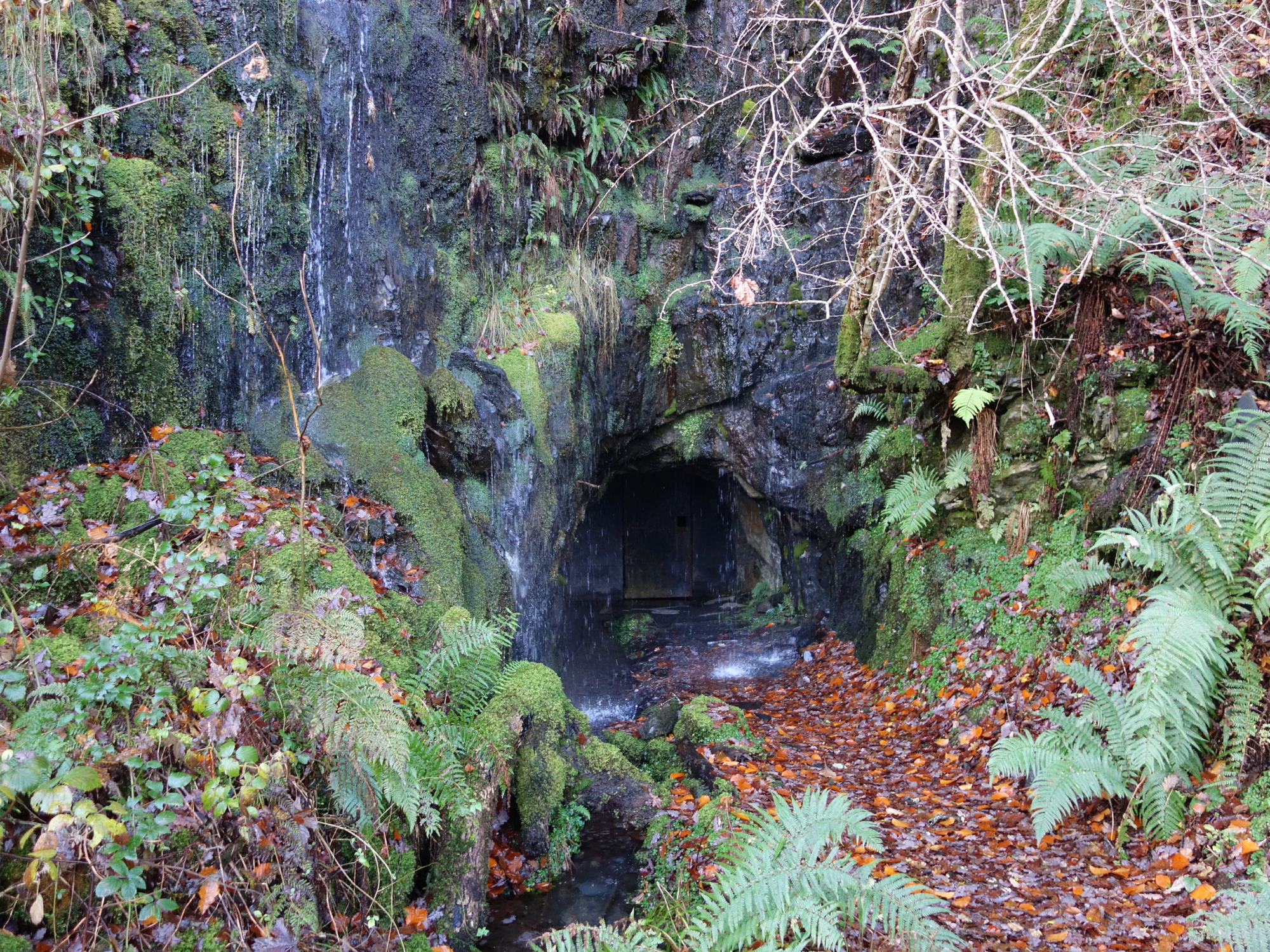

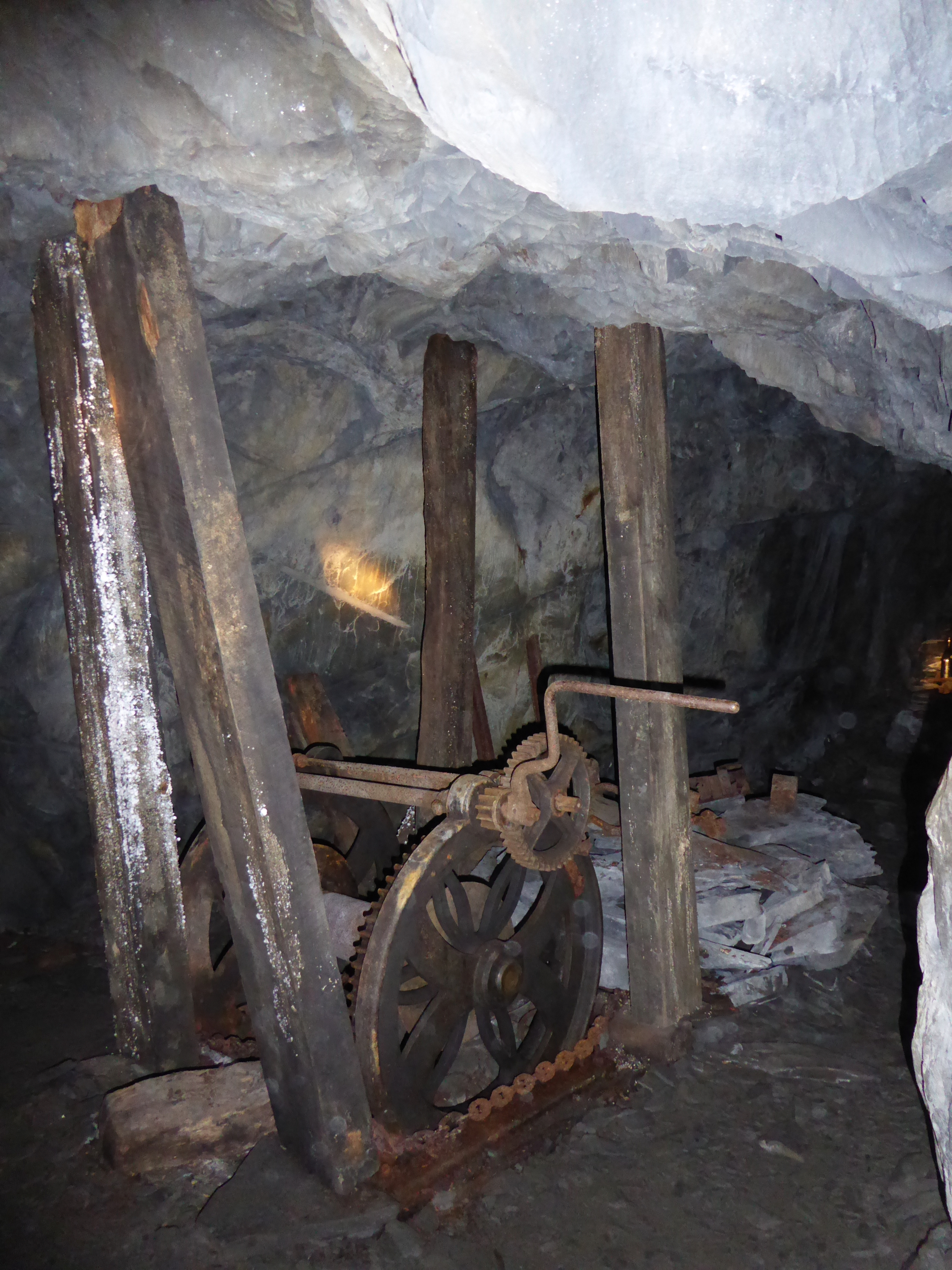
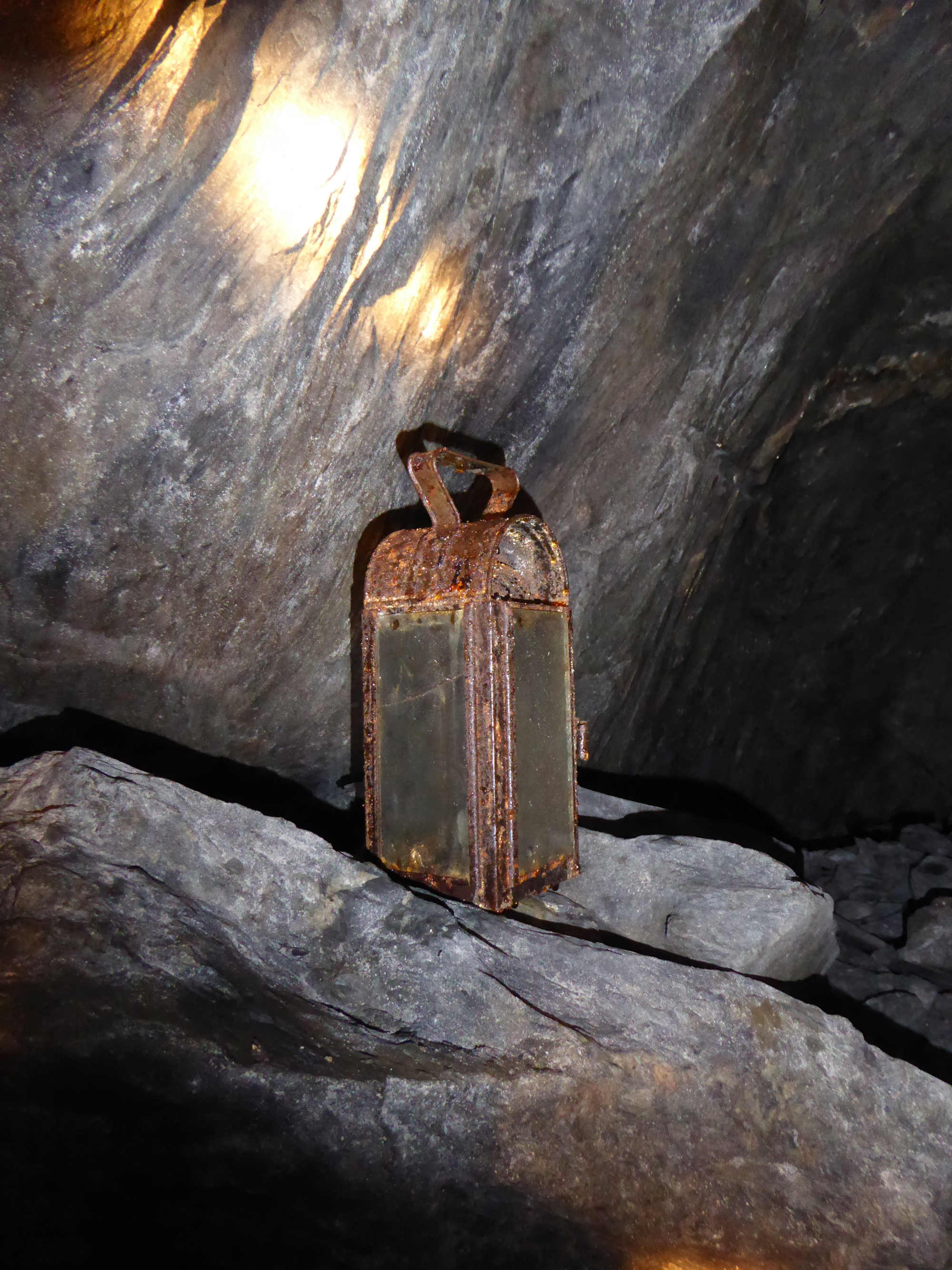
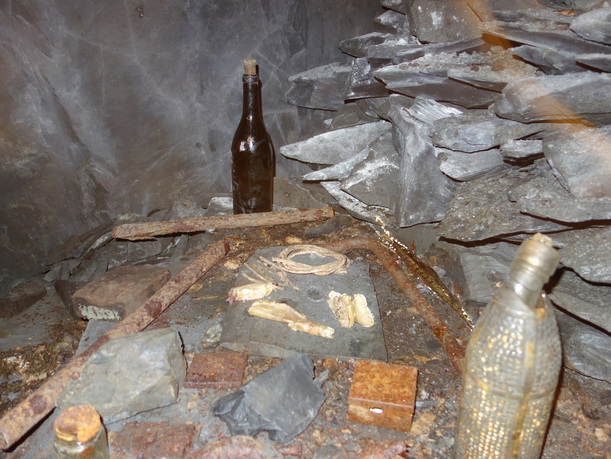

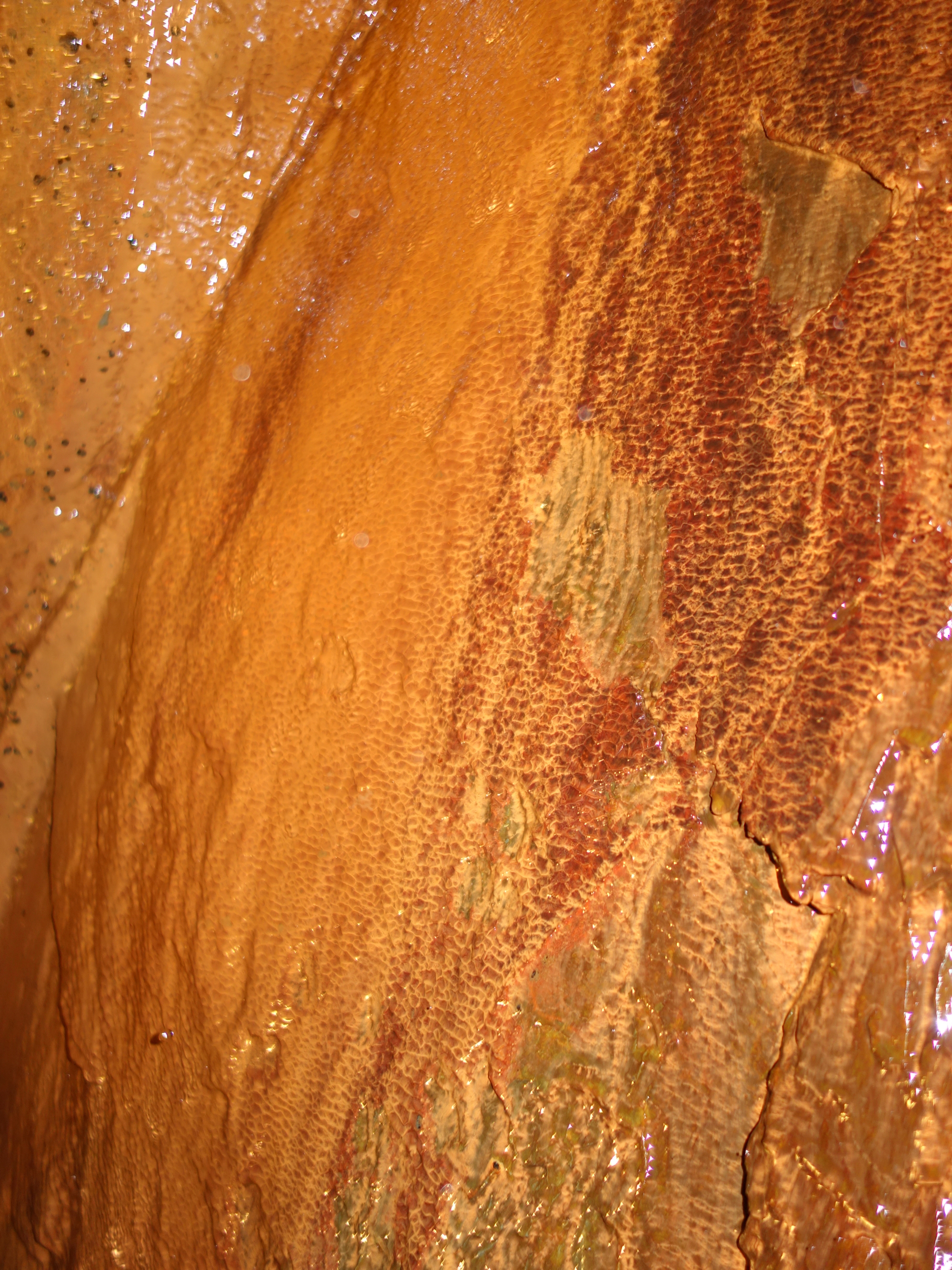
 RSS Feed
RSS Feed


